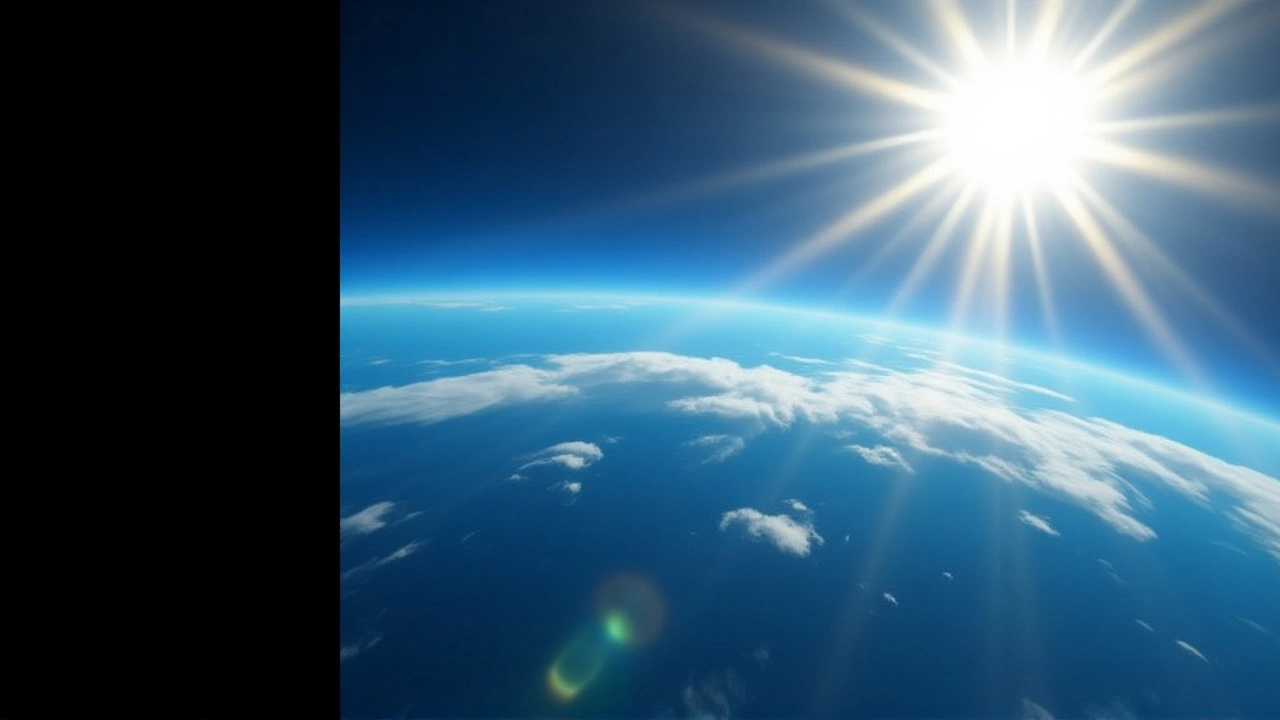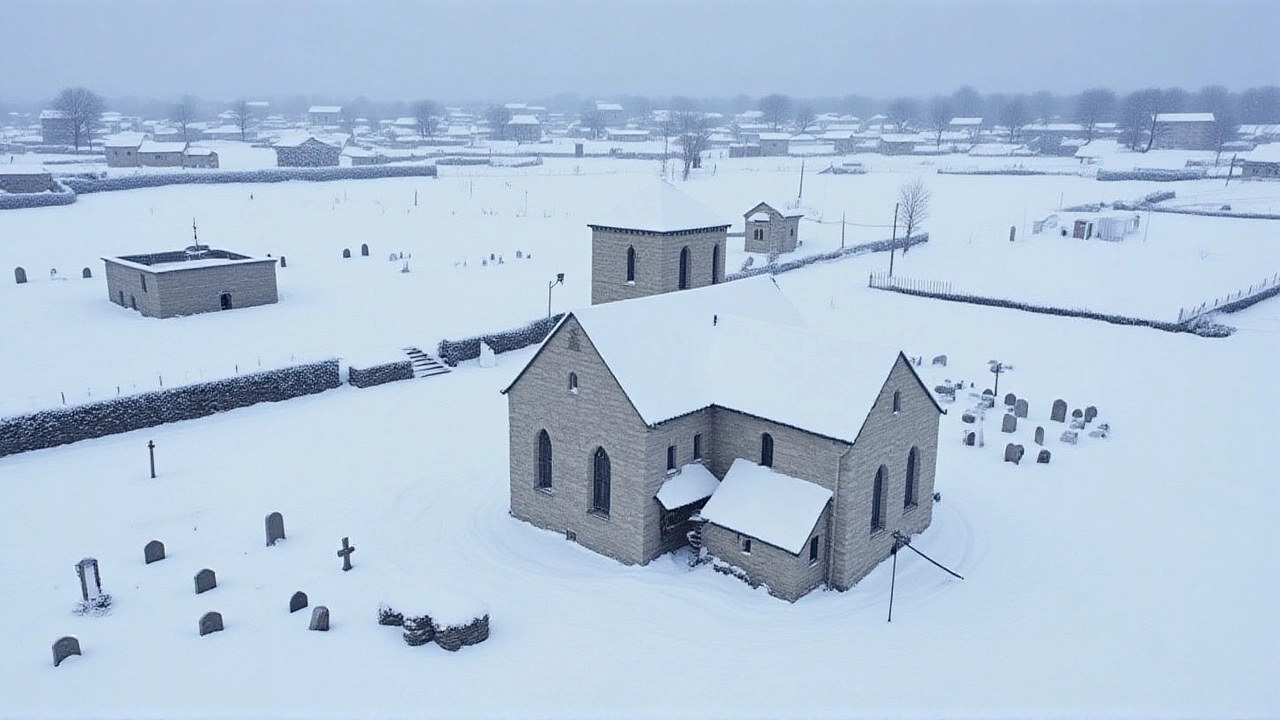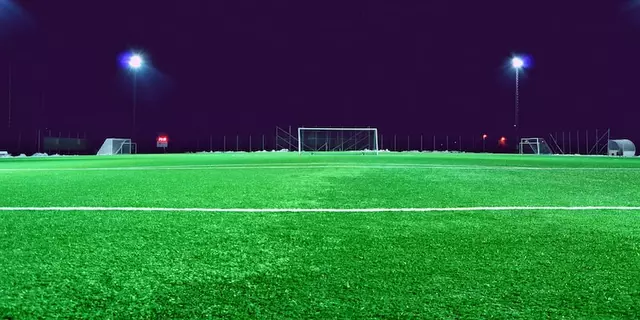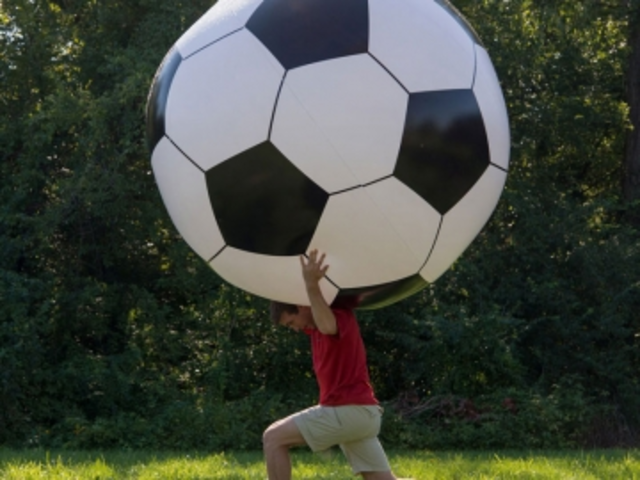Rare Thundersnow and 25cm Snowfall Paralyze Northeast England in November
When the first bolts of lightning flashed through falling snow over the North York Moors on Thursday, November 20, 2025, drivers on the A172 didn’t just slow down—they stopped. It wasn’t just snow. It was thundersnow, a phenomenon so rare in the UK that meteorologists rarely see it outside of Arctic cyclones. By nightfall, some hilltops had buried under 25 centimeters of snow, roads vanished beneath drifts, and schools across Yorkshire and the Humber shut their doors. This wasn’t December. It wasn’t even mid-November. It was the UK’s first true winter storm of the 2025-2026 season—and it arrived two months early.
When the Sky Roared and Snow Fell
The Met Office issued its amber warning at 3 a.m. on November 20, 2025, a level of alert reserved for weather that poses “significant risk to life and infrastructure.” The forecast was chillingly precise: heavy snow showers feeding inland from the North Sea, gusts up to 60 mph, and—unusually—lightning within snow clouds. “It’s like thunder in a blizzard,” said Meteorologist Jo Wheeler on TalkTV. “You hear the rumble, you see the flash, and then the snow just piles up faster than the plows can move.” The North York Moors and Yorkshire Wolds took the worst hit. At 1,200 feet elevation near Danby, snowfall rates hit 5 cm per hour. In places, it snowed so hard that road crews cleared a stretch of A19 only to find it buried again 90 minutes later. One resident in Whitby told the Yorkshire Post: “I’ve lived here 47 years. I’ve seen snow. But never like this. Not in November. Not with lightning.”Health Alerts and the Cold That Creeps In
While the Met Office tracked the storm, the UK Health Security Agency (UKHSA), under Dr. Jenny Harries, issued an amber Cold Health Alert for the North East, North West, and Yorkshire. The message was blunt: elderly residents, young children, and those with heart or respiratory conditions were at serious risk. The numbers told the story. Overnight, Loch Glascarnoch in the Scottish Highlands hit -11.7°C—the coldest night of the season so far. Rural Scotland saw lows near -12°C. Meanwhile, ice formed on untreated pavements, bridges, and railway tracks. Ambulance services in Teesside reported a 40% spike in falls and hypothermia cases compared to the same day last year.A Pattern That Echoes 2018
Meteorologists didn’t just shrug this off as an oddity. The Met Office confirmed a Sudden Stratospheric Warming (SSW) event had begun in the upper atmosphere over the Arctic. That’s the same atmospheric disruption that preceded the infamous “Beast from the East” in 2018, when temperatures plunged to -14.7°C in Kent and snow reached 50 cm in some areas. “The SSW doesn’t guarantee extreme cold,” explained Dr. Alan Whitmore, a climatologist at the University of Reading. “But it increases the odds by about 70%. And when it happens in November, it’s a red flag for what’s coming. This isn’t just a storm. It’s a signal.” That’s why the Met Office’s forecast for Friday, November 21, felt more like a pause than a relief. “Drier conditions” were expected—but only after another night of sub-zero temperatures and widespread ice. Rain would arrive in the west by Friday evening, but the east? It would stay frozen.Disruption Across the Board
By midday on November 20, over 80 schools in North Yorkshire and County Durham had closed. Rail operators canceled more than 200 services between Newcastle and Leeds. Flights at Teesside International Airport were grounded for nearly 10 hours. Emergency services reported dozens of stranded motorists, many trapped in vehicles overnight. Power outages hit 12,000 homes in the North York Moors alone, as ice weighed down overhead lines. National Grid crews worked through the night, but with temperatures below freezing and roads impassable, restoration timelines stretched into Saturday.
What Comes Next?
By Saturday, November 22, the amber alerts were lifted. Temperatures climbed slightly—up to 3°C in some areas. But the damage was done. Insurance claims for vehicle damage and property flooding from melting snow were already climbing past £2.3 million. And while the immediate storm passed, the SSW event lingers. “We’re now looking at a 10- to 14-day window where cold air can settle in,” said Dr. Whitmore. “That means more frost. More ice. Possibly more snow. This isn’t over. It’s just getting started.”Why This Matters
This storm wasn’t just unusual because of the snow or the lightning. It was unusual because of timing. November snowfalls of this scale used to happen once every 20 years in northern England. Now, they’re happening every three to five. Climate scientists warn that while global warming brings more intense rainfall, it also destabilizes polar jet streams—making cold snaps more violent, more unpredictable, and more frequent. “This storm is a wake-up call,” said Dr. Helen Bower, a weather historian at Durham University. “We’ve built our infrastructure for milder winters. We’ve forgotten how to prepare for real cold. And if this is what November looks like now… what’s January going to be?”Frequently Asked Questions
What is thundersnow, and why is it so rare in the UK?
Thundersnow is a thunderstorm where snow falls instead of rain, often during intense winter systems. It’s rare in the UK because it requires a powerful upward draft of air—typically seen in coastal storms with sharp temperature contrasts. The North Sea’s moisture and cold Arctic air colliding over the North York Moors created just that condition. Lightning in snowstorms happens in fewer than 1% of UK winter events.
How does this compare to the 2018 'Beast from the East'?
The 2018 event was far more widespread and longer-lasting, with snowfalls over 50 cm and temperatures below -14°C for days. But this November storm shares the same trigger: a Sudden Stratospheric Warming event. Both disrupted transport, schools, and power. The key difference? This one hit earlier, harder in localized areas, and with the added danger of lightning—something not seen in 2018.
Why did the UKHSA issue a Cold Health Alert?
The UKHSA issued the alert because prolonged cold increases risks of heart attacks, strokes, and hypothermia—especially among the elderly and those with chronic illnesses. With temperatures below freezing for 48+ hours and icy surfaces everywhere, hospitals in the North East reported a 35% rise in emergency admissions for cold-related conditions. The alert urged people to check on neighbors and keep homes above 18°C.
Is this linked to climate change?
Yes—indirectly. While global warming warms the planet overall, it weakens the polar vortex, making it more likely for cold Arctic air to spill southward. This leads to more extreme winter events, even as average temperatures rise. The fact that this storm hit in November, not January, is consistent with climate models predicting more erratic weather patterns.
What should people do if another storm hits?
Stay indoors if possible. Keep a week’s supply of water, non-perishable food, and medications. Charge devices. If you must drive, carry blankets, a shovel, and a phone charger. Avoid walking on untreated pavements—ice is invisible until it’s too late. Check on elderly neighbors. The Met Office and UKHSA will issue alerts via text and local radio—sign up now if you haven’t.
Will this become normal for UK winters?
It’s becoming more likely. Data from the Met Office shows that extreme November snowfalls have doubled in frequency since 2000. While not every winter will be this severe, the pattern of sudden, violent cold snaps is no longer a fluke. Communities need to plan for winter storms year-round—not just in December.





